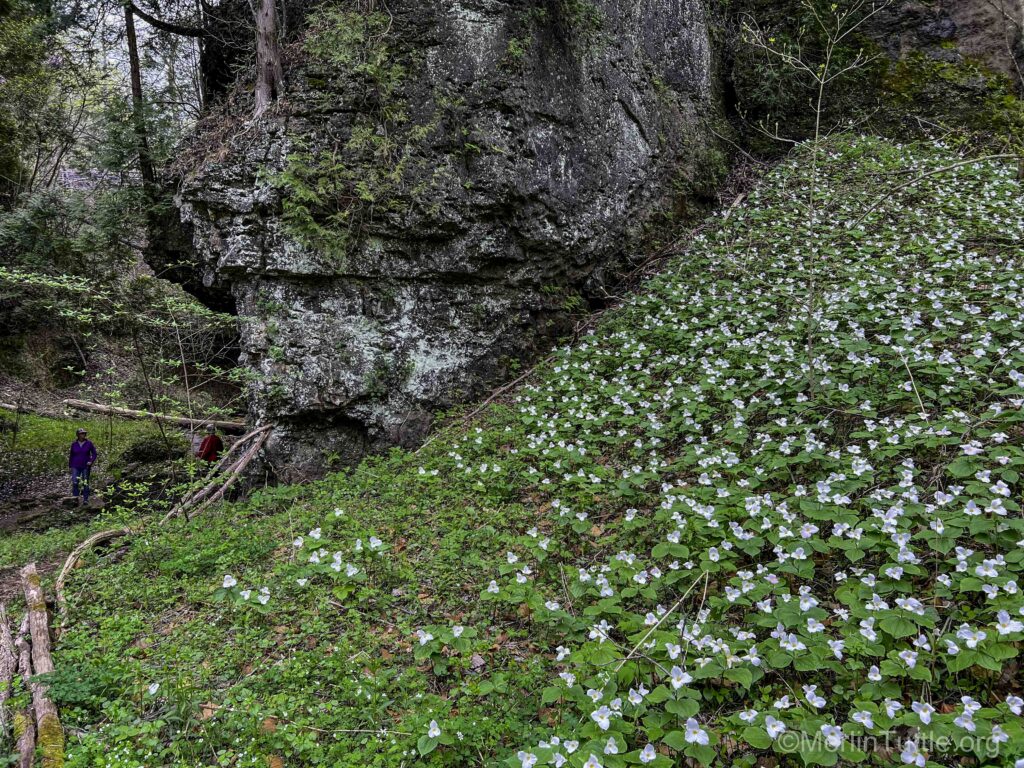
Oh, Ohio, where have you been all my life? Such a natural beauty! I recently experienced the elegance of spring in the Appalachians of south-central Ohio, where Merlin was invited to speak at the Wildflower Pilgrimage, an annual event of the nonprofit Arc of Appalachia. You may wonder, as I did, why an event celebrating […]
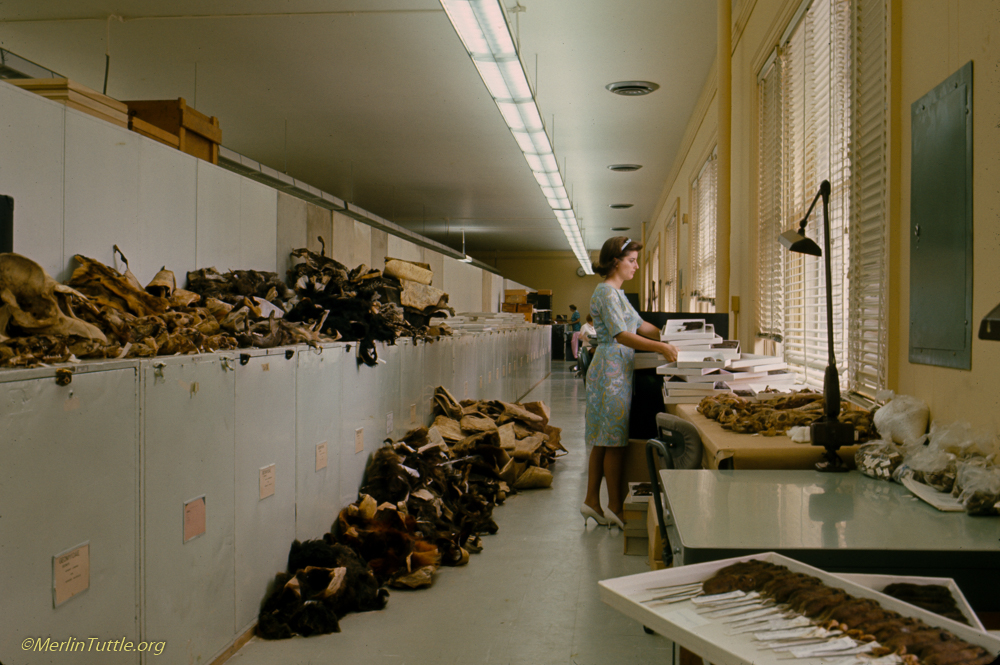
Specimens from the Venezuelan Project were catalogued and stored at the Smithsonian, seen here being organized by Claudette Tuttle. After leaving Capibara on the Casiquiari Canal where they camped from May 25 to June 15, 1967, the Tuttle expedition team had less than a week in which to ship specimens from Caracas to the Smithsonian […]
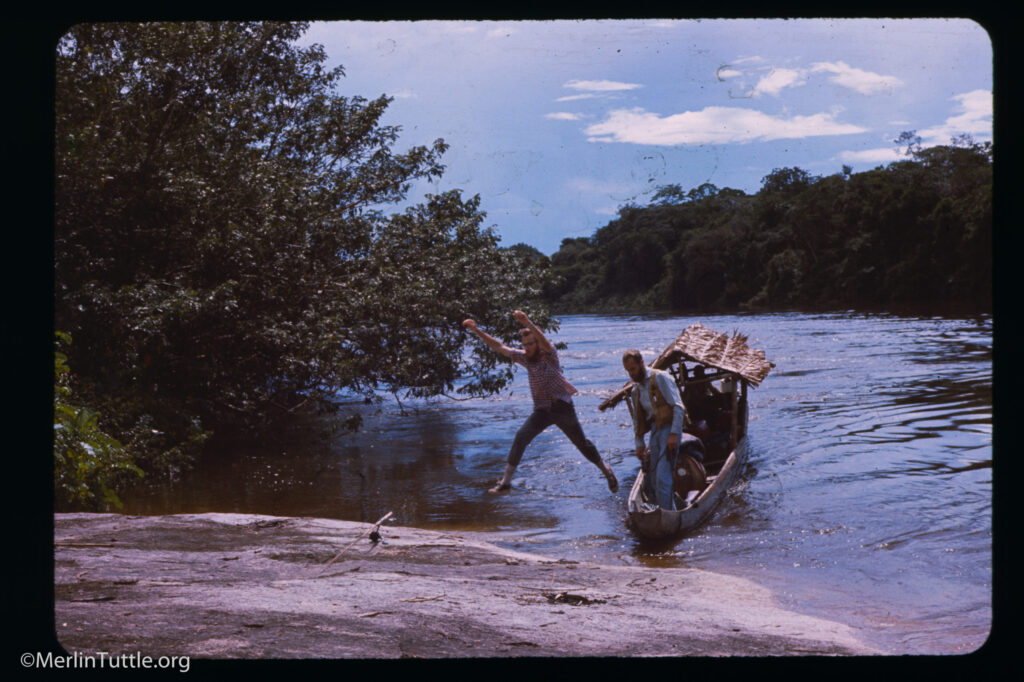
Merlin’s expedition arrives at Capibara on the Casiquiare Canal As the expedition broke camp on the Rio Mavaca, intense thunderstorms pounded the area, accompanied by torrential rain. Seemingly, almost overnight, the river rose some 20 feet. It just kept rising. By the time they reached the Casiquiare Canal, everything in sight was flooded. To find […]
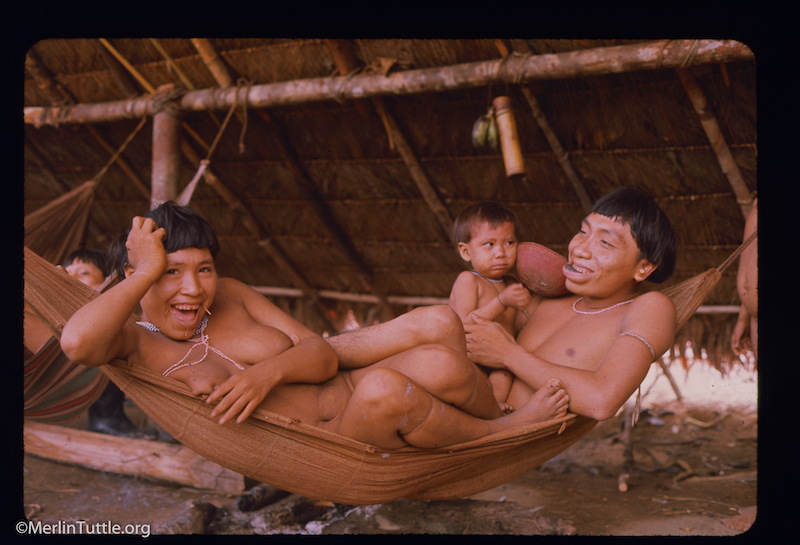
Shamatari family sharing guama fruit with Merlin. Photo Credit: Merlin Tuttle While working at his new camp at Boca Mavaca, Merlin noticed two men, who were conspicuous by their extraordinary curiosity. When he questioned Cecil Neese, his local host, he learned they were visiting from a distant Shamatari village. Cecil explained that he and anthropologist, […]
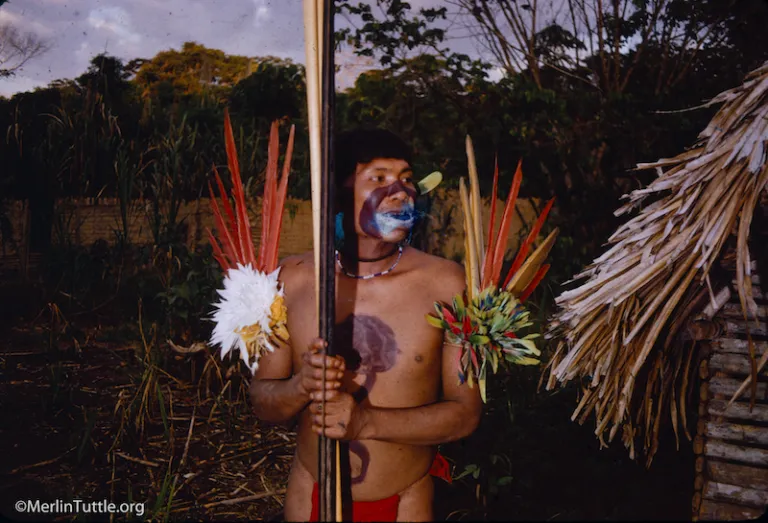
The SVP expedition motored from Belen on the Rio Cunacunuma to the Orinoco, and finally the Rio Mavaca into Yanomamö land Hoping for the first convert On completion of work on Cerro Duida, the expedition traveled back down the Rio Cunacunuma to Tamatama, the location of the New Tribes Mission headquarters where they had stockpiled […]
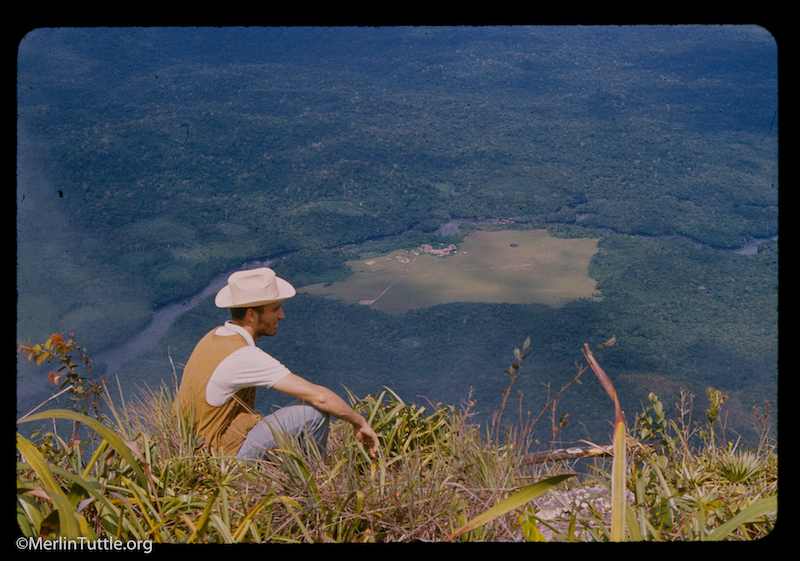
Fred Harder (wearing hat) and Merlin Tuttle embarking on a month-long collecting trip atop the tepui Cerro Duida with several of their team. Cerro Huachamacare, another tepui, is seen in background. The unique ecosystems of Cerro Duida Meticulous preparations were required for the climb and subsequent month-long collecting atop Cerro Duida. This extra large tepui, […]
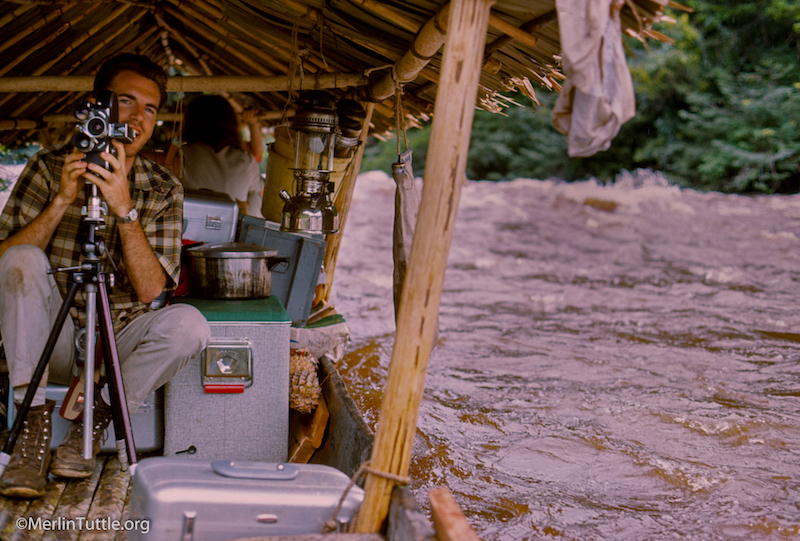
One of the two SVP expedition’s dugout canoes on Rio Cunacunuma, Venezuela. Photo Credit: Merlin Tuttle “If our Maquiritare crew hadn’t been as experienced at piloting dugouts in such challenging conditions, everything could’ve been lost, or we could’ve drowned. It was crazy!” Merlin Tuttle The expedition set off on the wide, calmly flowing Orinoco, soon […]
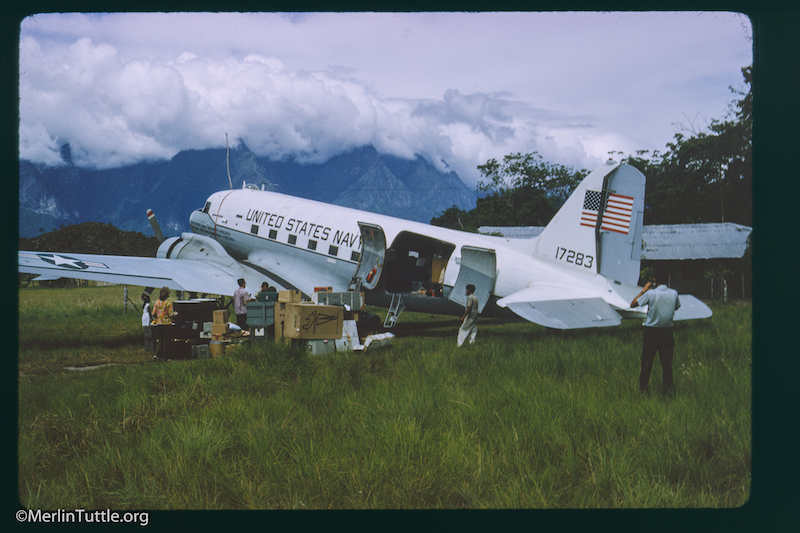
Map created by Jim Barker of New Tribes Mission, June 1964, from Merlin Tuttle’s personal records Braniff flight #542 from Washington Dulles touched down at Aeropuerto Internacional de Maiquetia “Simón Bolívar,” on a muggy December evening in 1966. The passengers poured from the clamshell door down the airstair to the sizzling tarmac. A winsome bearded […]
Merlin and I recently spent an especially productive week promoting bat conservation at the Harmony Hotel in northwestern Costa Rica. Merlin’s lecture, introducing the many values of Costa Rican bats, attracted a large and enthusiastic audience that included both hotel guests and community members. Thanks to the owner’s passionate commitment to a healthy, sustainable environment, […]
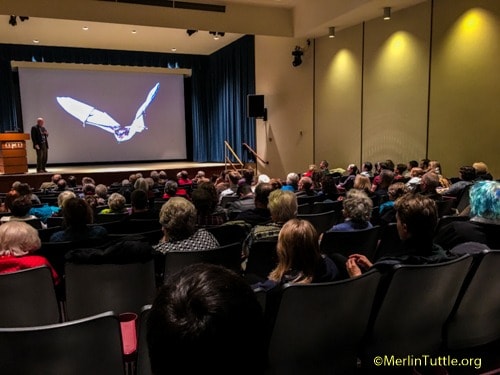
Last week, Merlin returned to his favorite institution of science, the Milwaukee Public Museum, where he spent his first 11 years as a young scientist (1974-86). He served as Curator of Mammals, with outstanding freedom to study and photograph bats, often funded and assisted by museum donors and volunteers, especially Verne and Marion Read and their […]









